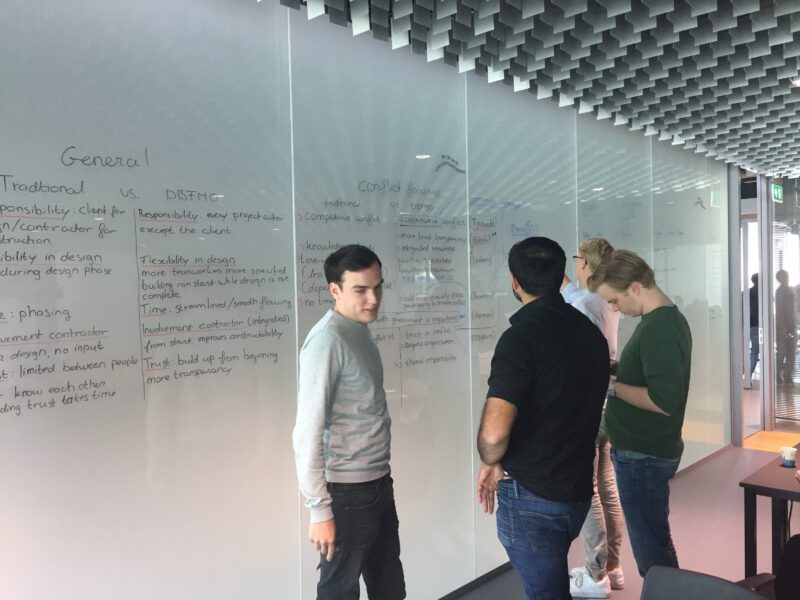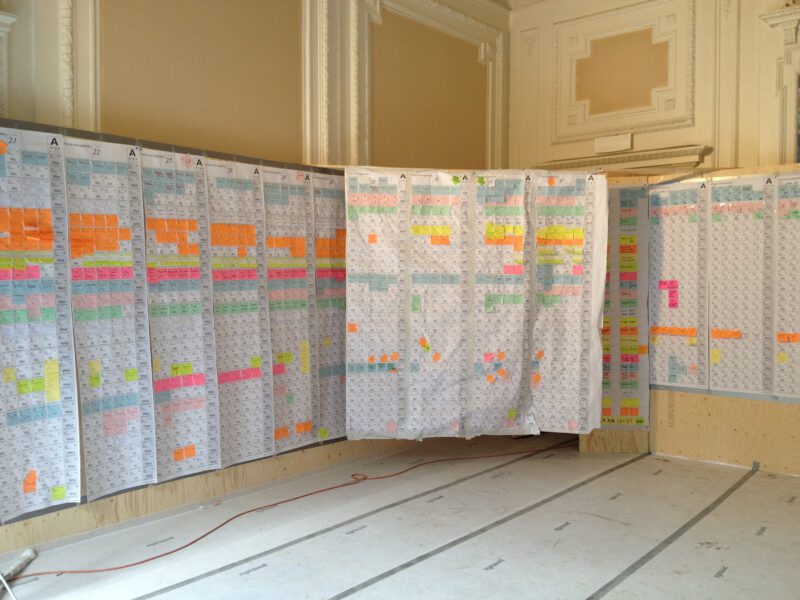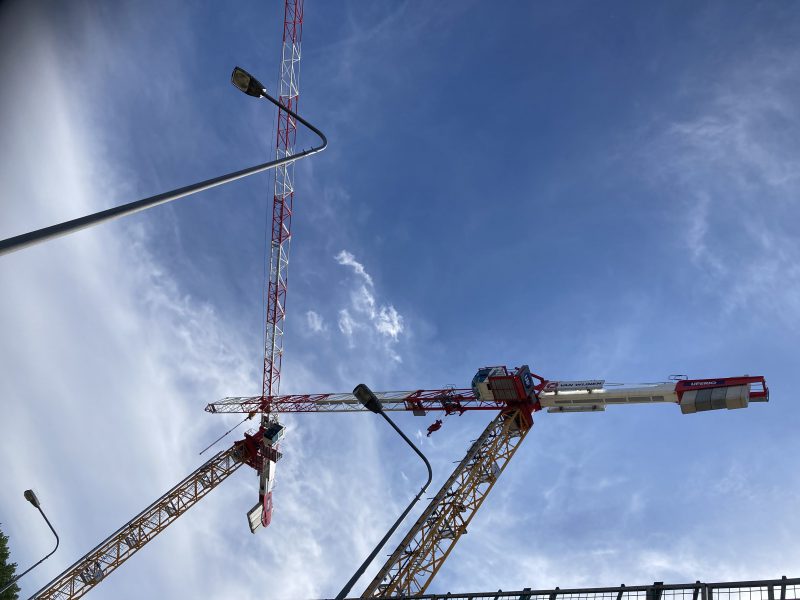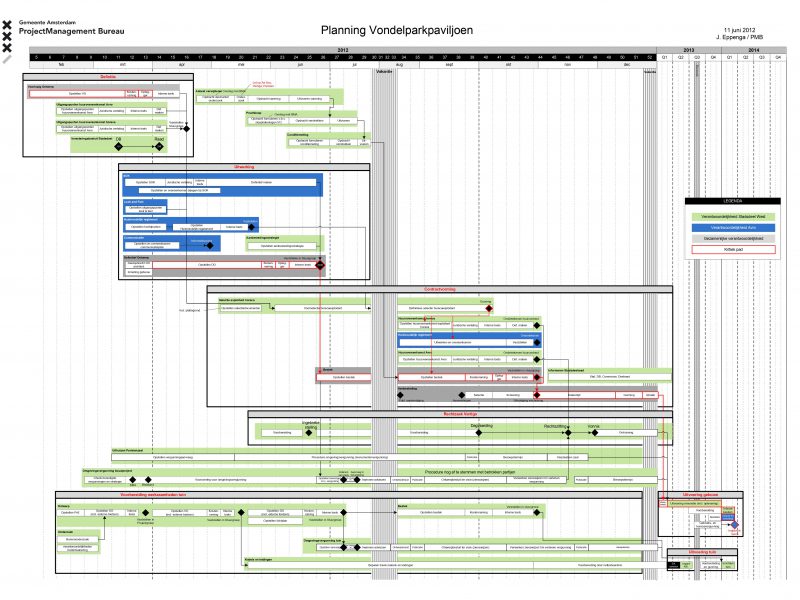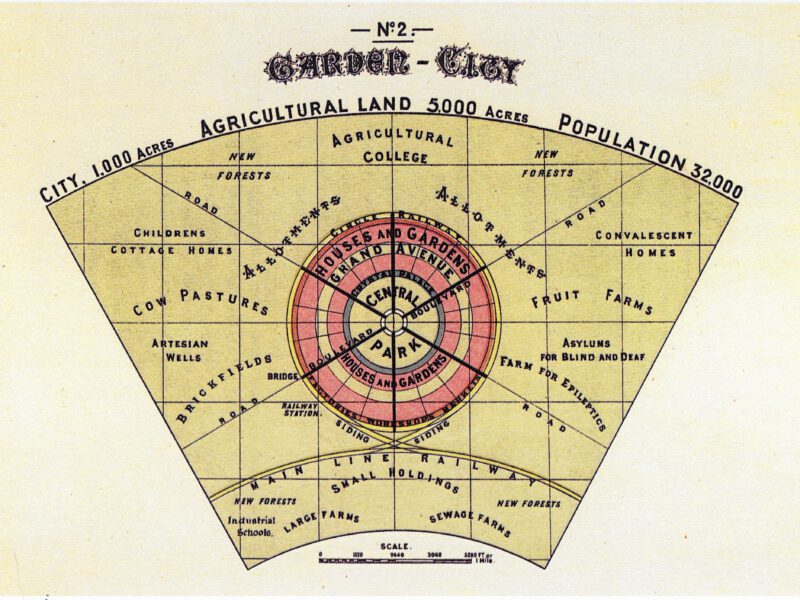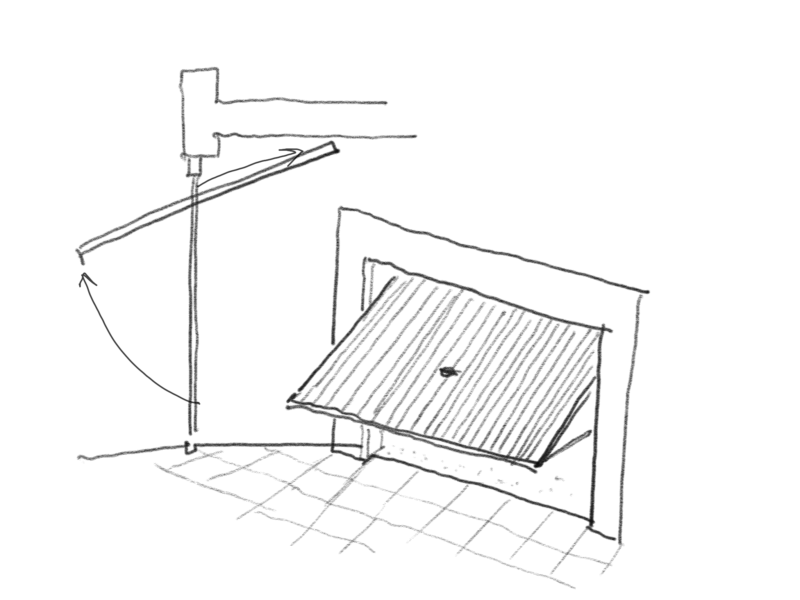Innovation. Innovation seems to be the buzzword these days. Everyone wants to innovate. Also the construction industry. This is for a reason. The challenges of climate change, dwindling resources, growing cities, and energy transition are huge. To solve the lack of houses the Netherlands wants to build one million new houses by 2030. The plan is to build them mostly in the existing cities and villages. Not an easy task. The circular challenge for more sustainable construction affects the whole supply chain and innovation in every link of the chain is maybe needed. Besides that, worldwide the challenges are even bigger. All over the world, people move from the countryside to cities making it a huge task for municipalities to build sufficient infrastructure and houses. Nevertheless, most people end up in slums, bidonvilles, townships, or favelas, striving for a better life for themselves and their kids.
My opinion is that the world will only be able to cope with these challenges if today’s economic system changes. We need a more social system that will divide the wealth of this world more equally amongst all living. A system that rewards sustainable development for all and nature above profit for the happy few at the expense of others and nature. Besides economic change, big innovations are needed to deal with the more technical and managerial side of the challenge. Let us look at this part of the task.
Between 1990 and 2000, I worked at several architects’ offices, as a draftsman, technical designer, project leader, and office manager. During these years, experimented with new things. New materials, new structures, new floor plans for apartments, new forms of housing like urban villas. We aimed for innovation. Soon I discovered that innovation is about trial and error over and over again. And this takes a lot of time. And time is, – you know – money. Innovation is not only about a new design, no, it is also about new ways of working, different stakeholders, and different technical stuff. It affects the contractor’s work and the supply chain. Most of the time it also needs a different approach in management and the attitude of the client and the manager. Innovation is not business as usual but the management of change, time, and a flexible approach. New stuff is more difficult in a legal sense. Will you get a permit? What about insurance, warranties, and liabilities? What happens if something fails? The process of innovation is not efficient. if you innovate you will first lose time and money, sometimes you fail, and maybe you win.
An innovative idea was so labor-intensive that we could not cover it with our fee, ending up with a financial loss on projects. If we would work on too many innovations the office would have gone bankrupt. I stated that we could not afford more than one innovative idea per project.
Given the enormous challenges sketched above, I could state that the profit margins in the building industry are too small to cover the expenses for the big-scale innovations needed.
Governments can push innovation forward by changing the law and putting, for instance, the sustainable bar higher. Through tenders, the government can challenge the market to come up with innovative ideas, designs, and solutions. For instance in government buildings, schools, and infrastructure. Public tendering can be advantageous but for innovation, tendering is a challenge. If you do not know what the innovative solution is, are competitors then able to give a reasonable price during competition? Only based on a proposal and a price, a client can select a winner. Is that possible if the solution, the design, the proposal, and the consequences are not ready or unknown? It is a big risk for the agent but also uncertainty for the client.
Will the agent be able to design and build the innovation for the given price? Or, is the innovation so labor-intensive or technically challenging that the price is insufficient to cover all labor, expenses, and costs? The last is often the case since the margins in the building industry are narrow. If the price is an important part of rewarding then there is – from my experience – a limited budget left to cover expenses for serious innovation. In the end, the client will not get the stuff wanted……
I do not know a solution but maybe a two-stage selection is a way to go. First, tender for possible solutions and then select the winner on their price.
I am, maybe different from the above, positive about innovation around climate change and the other challenges mentioned. In 2006, Al Gore, the former US vice president published his film “An Inconvenient Truth”. This film was a kind of turning point for the sustainable debate. It feels like long ago but it is not. Since An Inconvenient Truth things changed dramatically. Legislation, especially in Europe has changed, and the industry started to improve manufacturing, making products more sustainable, and taking more care of the environment. Also the building industry.
Back in 2006, we thought was impossible to build energy-neutral houses, apartments, or office buildings. Now they are being built in large numbers. We thought it would take decades to introduce the electric car and the charging infrastructure. Now, Tesla is the car manufacturer having the highest stock value of all car manufacturers in the world and you can charge your electric car at every (petrol) station along the Dutch highways.
To conclude. Innovation is important and needed. But, innovation will not help us on time. I believe that legislation needs to change too and maybe first, pushing society and the industry forward. It does not work the other way around for the challenges mentioned above. In addition, as already stated – I think we need to change the economic system too.

